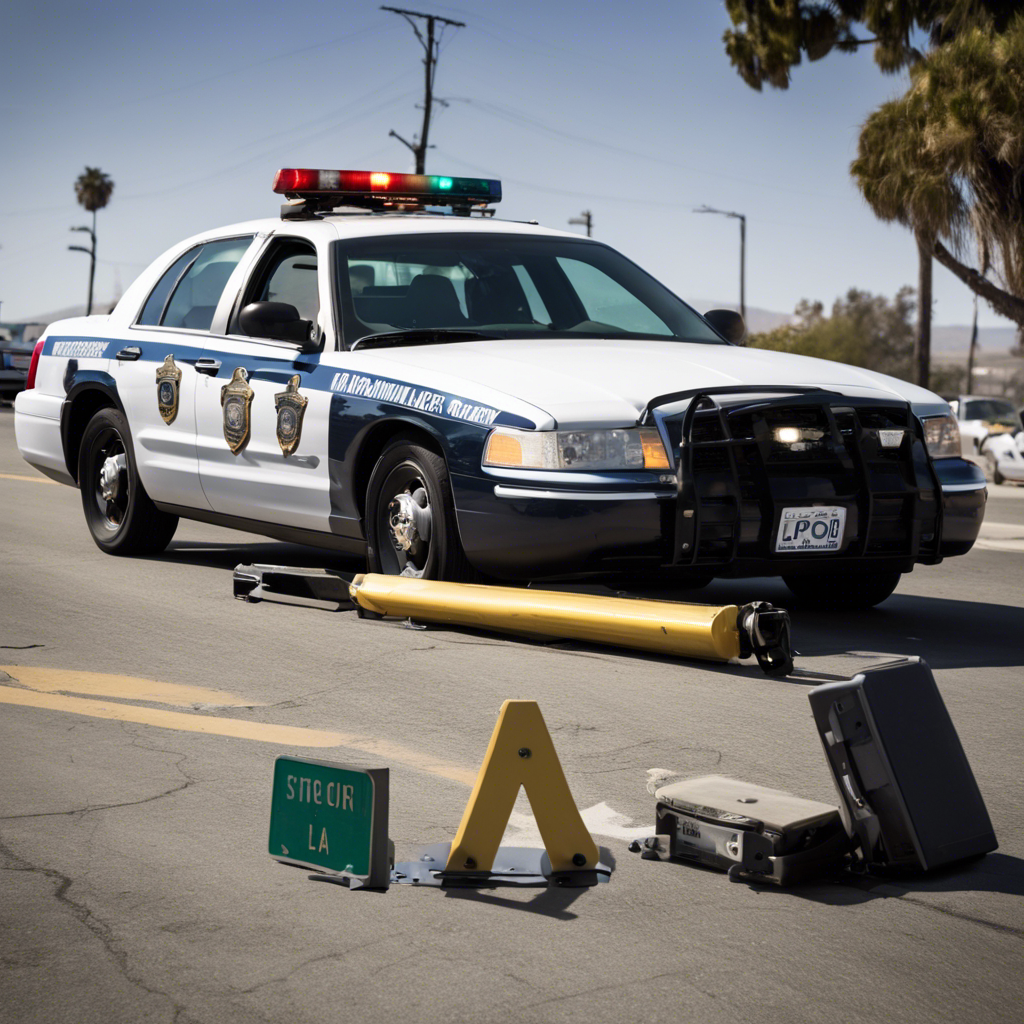Intelligent Speed Assistance: A Solution to America’s Deadly Need for Speed?

The National Transportation Safety Board (NTSB) recommends mandatory installation of intelligent speed assistance (ISA) in all new vehicles sold in the United States.
Speeding has become a deadly epidemic on American roads, with over 100,000 speed-related deaths recorded between 2010 and 2019. Despite the current system of enforcement, including millions of speeding tickets issued annually, it is clear that more needs to be done to curb this dangerous behavior. The NTSB has proposed a potential solution: requiring automakers to install ISA technology in every new vehicle. While advocates argue that ISA could save thousands of lives each year, critics raise concerns about malfunctions, driver resistance, and the limited impact on existing vehicles.
How ISA Works and its Potential Benefits
ISA utilizes GPS technology to automatically detect and register the posted speed limit on any given road. It can then prompt drivers to slow down or even force them to do so by reducing engine power. Advocates argue that this technology, combined with better traffic enforcement, speed cameras, and safer road design, has the potential to significantly improve road safety and save lives.
Addressing Safety Concerns
Critics, including car manufacturers, express concerns about the potential hazards of ISA. They worry that malfunctions could occur at critical moments or that drivers may be prevented from accelerating to avoid dangerous situations. Additionally, skeptics question the actual number of lives that an ISA requirement would save since it would only apply to new vehicles, which make up a small percentage of the overall vehicle population.
Resistance to Change
A significant portion of the American population enjoys driving at high speeds and views any attempt to regulate speed as an infringement on personal freedom. Critics argue that ISA represents an attempt to control drivers’ behavior and limit their autonomy on the road.
The European Union’s Lead
The European Union has already taken steps to require all new cars to be equipped with ISA technology starting next year. However, there appears to be limited momentum within the U.S. government to adopt the NTSB’s recommendation. Nonetheless, Congress passed a law two years ago that will make “drunk and impaired driving prevention technology” standard in vehicles by 2026.
The Effectiveness of ISA
Proponents argue that implementing ISA in all vehicles would be a significant and important step toward reducing crash deaths. They emphasize the need to utilize all available tools to address this issue. On the other hand, skeptics contend that the impact of ISA may be limited due to the relatively small percentage of new vehicles on the road and the potential for drivers to ignore or disable the system.
Balancing Safety and Malfunctions
Critics express concerns about relying on technology that could potentially malfunction, citing the limitations of traffic sign detection systems. They argue that placing drivers’ safety in the hands of technology carries its own risks.
The Age of Existing Vehicles
A significant challenge to widespread implementation of ISA is the average age of vehicles on American roads, which is over 13 years. This means that even if ISA were required in all new vehicles, it would take a considerable amount of time for the technology to have a substantial impact.
Cultural Resistance and Frustration
Opponents of ISA argue that Americans would rebel against such regulations, as they enjoy the freedom to drive at higher speeds. They suggest that the frustration of being limited to lower speeds on roads designed for faster travel would lead to resistance against ISA.
Conclusion: While intelligent speed assistance (ISA) technology holds promise for reducing speed-related accidents and saving lives, there are significant challenges to its widespread implementation in the United States. Concerns about malfunctions, driver resistance, and the limited impact on existing vehicles make the adoption of ISA a complex issue. Ultimately, finding a balance between road safety and individual freedom remains a challenge that policymakers, car manufacturers, and advocates must grapple with as they seek to address America’s deadly need for speed.










